To improve the insulation effect and heating efficiency of kilns, it is very important to choose suitable refractory bricks.
The refractory bricks produced by Rongsheng are resistant to high temperatures, corrosion, and have excellent thermal shock stability. If you want to improve the insulation and heating efficiency of kilns, we recommend you to
use these refractory bricks from Rongsheng.
1. High-alumina bricks:
With high refractoriness and thermal stability (temperature resistance can reach 1500°C-1750°C) suitable for medium and high temperature industrial furnaces, especially kilns that require high refractoriness and thermal shock resistance.
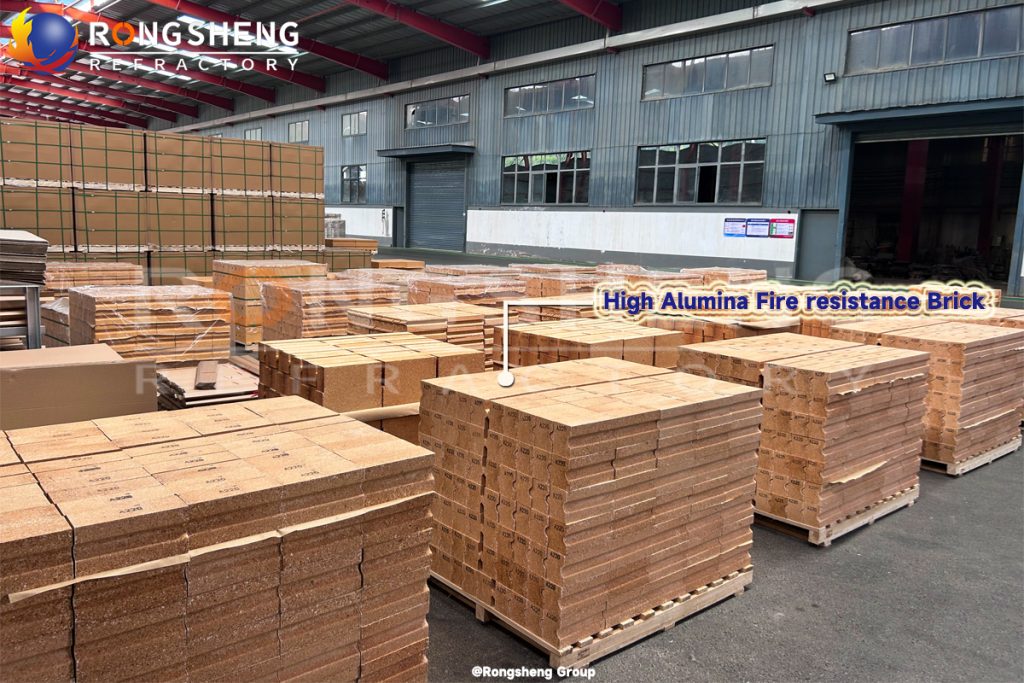
2. Insulation bricks (lightweight bricks)
It has good thermal isolation performance, can effectively reduce heat loss, has a low thermal conductivity, and is suitable for the insulation layer of kilns. It is often used in the outer layer of kilns, especially when the temperature difference between the lining material and the outside is large, such as heat treatment furnaces, ceramic kilns, etc.
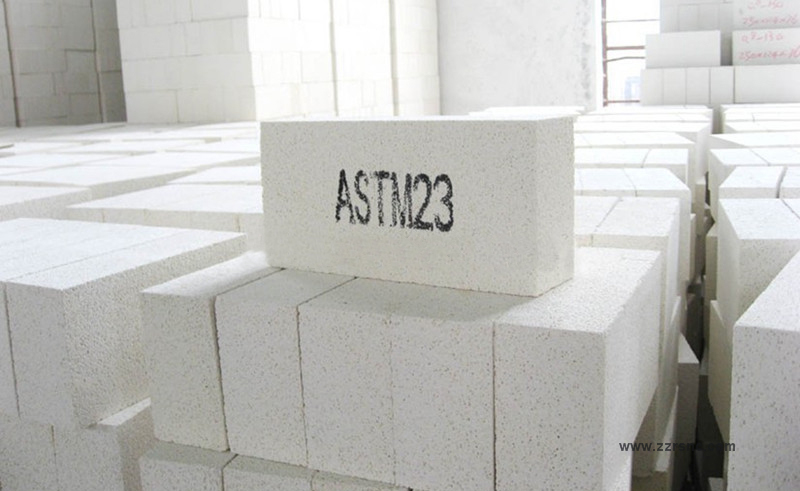
3. Ceramic fiber bricks:
With extremely low thermal conductivity and excellent thermal insulation performance. It can effectively reduce heat loss and provide a better heating rate.
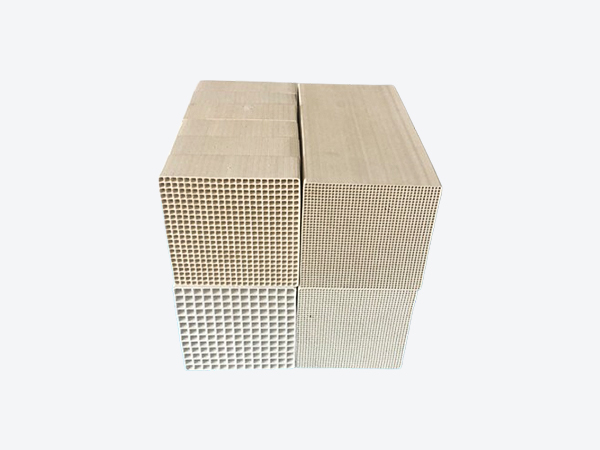
4. Silica bricks (high-temperature siliceous bricks):
Resistant to high temperatures, chemical corrosion, and has high thermal shock stability. It can effectively isolate heat transfer and improve the heating effect of the kiln, especially in high-temperature environments.
Applicable scenarios: Suitable for kilns with high requirements for high temperature and corrosion resistance.
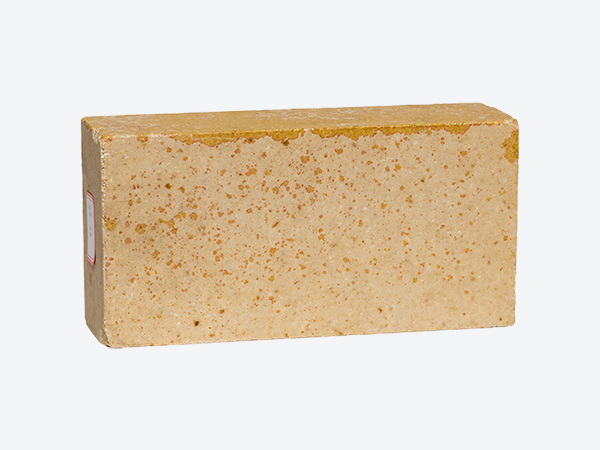
5. Composite refractory bricks
Usually has good thermal conductivity and thermal stability, and can maintain good thermal insulation effect at high temperatures.
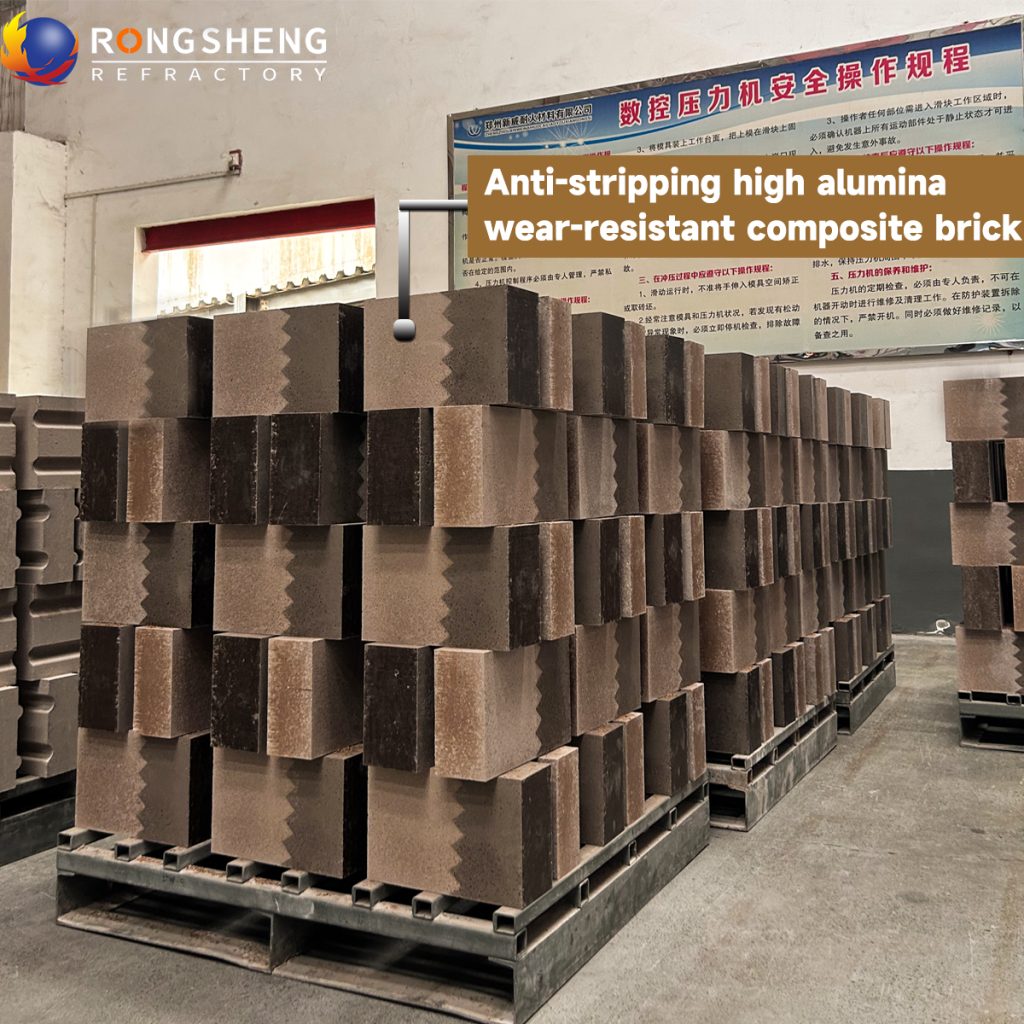
If your goal is to improve the thermal insulation effect and heating efficiency of the kiln, you can consider the following strategies:
Lining: Choose high-alumina bricks or ceramic fiber bricks, which can provide good thermal stability and low thermal conductivity to help improve heating efficiency.
Insulation layer: Use lightweight insulation bricks, which can effectively reduce heat loss, maintain the temperature in the kiln, and accelerate the heating process.
Multi-layer composite structure: Combine high-alumina bricks and ceramic fiber bricks to effectively reduce heat loss through lightweight insulation bricks while ensuring high-temperature performance.
In summary, the combination of ceramic fiber and high-alumina bricks, especially in the use of composite refractory bricks, can help you improve the insulation performance and heating effect of the kiln. This
combination can not only improve thermal efficiency, but also enhance the overall performance of the kiln. the overall performance of the kiln.
